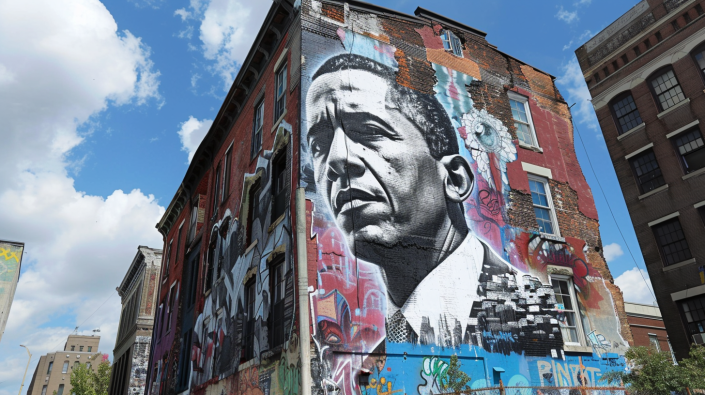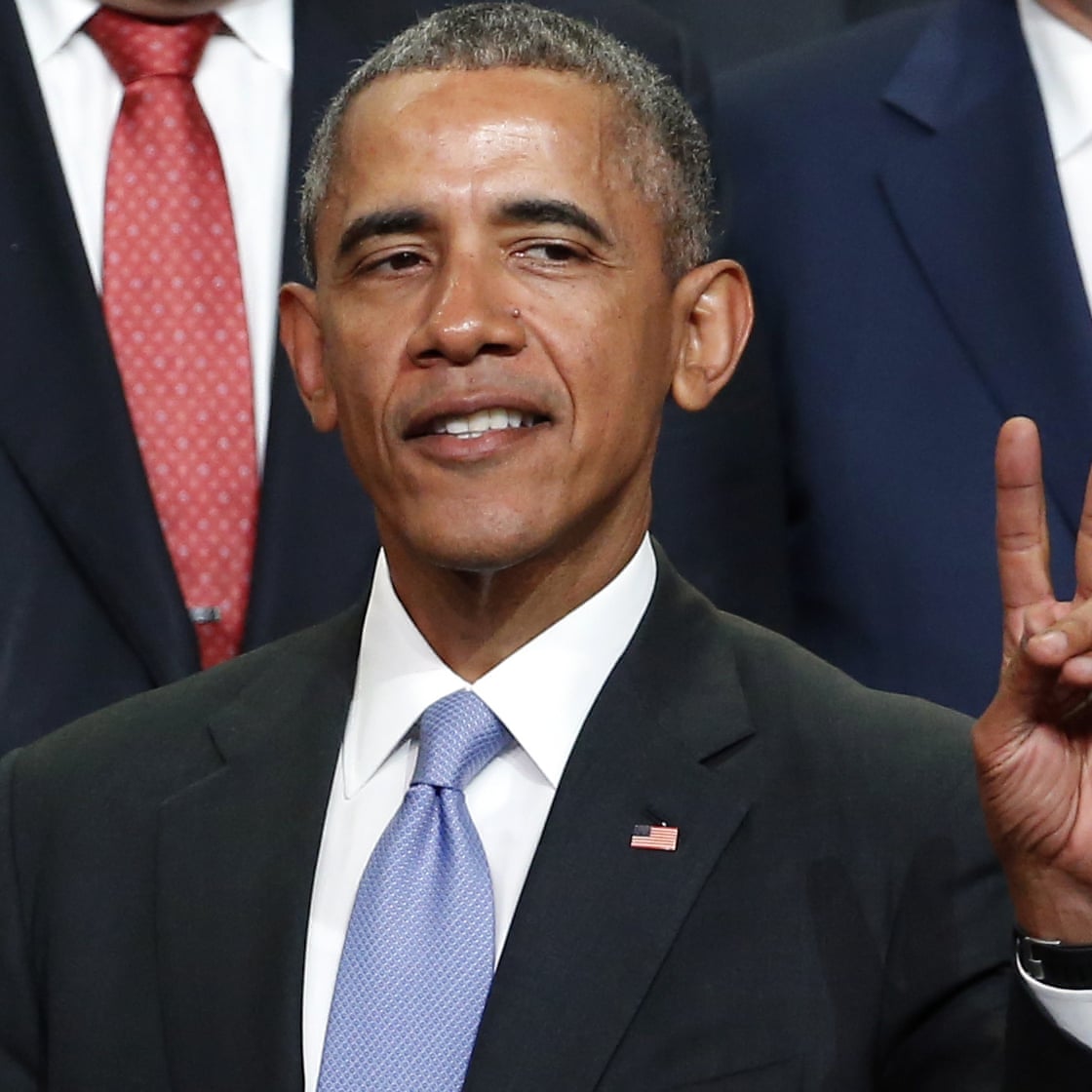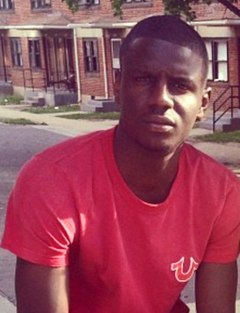In the wake of Freddie Gray’s tragic death and the subsequent civil unrest in Baltimore in April 2015, the Obama administration took decisive action to address the deep-seated issues plaguing the city. Recognizing the urgent need for economic revitalization and social reform, President Obama announced a comprehensive $1.8 billion aid package aimed at transforming Baltimore. This initiative sought to improve infrastructure, housing, education, health services, and job opportunities, marking a significant federal commitment to the city’s future. This timeline details the implementation and impact of the aid, highlighting the milestones and achievements of this transformative effort.
Timeline of the $1.8 Billion Aid to Baltimore
April 2015
April 25, 2015: Freddie Gray, a 25-year-old African American man, died in police custody, leading to widespread protests and civil unrest in Baltimore.
April 27, 2015: Following Gray’s funeral, riots broke out in Baltimore. The situation escalated, prompting a state of emergency declaration and the activation of the National Guard.
May 2015
May 1, 2015: President Obama responded to the crisis, condemning the violence but also emphasizing the need to address the underlying issues of poverty and lack of opportunity in communities like Baltimore.
May 4, 2015: The Obama administration announced the allocation of a $1.8 billion aid package aimed at supporting economic development and addressing social issues in Baltimore.
June 2015
June 9, 2015: The Obama administration outlined the specifics of the aid package. Key components included:
– $600 million: For a new youth center and job training programs.
– $500 million: For transportation infrastructure improvements, including the expansion of public transit options.
– $300 million: For affordable housing initiatives and community development projects.
– $250 million: For education, focusing on improving school facilities and resources.
– $150 million: For health and wellness programs, including mental health services and substance abuse treatment.
June 25, 2015: Federal agencies, including the Department of Housing and Urban Development (HUD) and the Department of Transportation (DOT), began coordinating with local Baltimore officials to implement the aid programs effectively.
2016
January 2016: Initial funds were disbursed to kickstart job training programs and the construction of the youth center.
April 2016: Infrastructure projects, including road repairs and public transit expansions, began across the city.
September 2016: Affordable housing projects broke ground, aimed at providing new housing units and renovating existing ones.
November 2016: The first phase of educational improvements was completed, with several schools receiving new resources and facility upgrades.
2017
March 2017: Health and wellness programs were launched, providing increased access to mental health services and substance abuse treatment.
July 2017: The first comprehensive report on the progress of the aid package was released, highlighting successes in job creation, housing development, and infrastructure improvements.
October 2017: Further investments were made into community development projects, including the establishment of new community centers and recreational facilities.
Conclusion
The $1.8 billion aid package from the Obama administration significantly contributed to addressing some of the socio-economic challenges faced by Baltimore. While the full impact of these initiatives will take years to be fully realized, the immediate investments in infrastructure, housing, education, and health provided much-needed support to the community.


